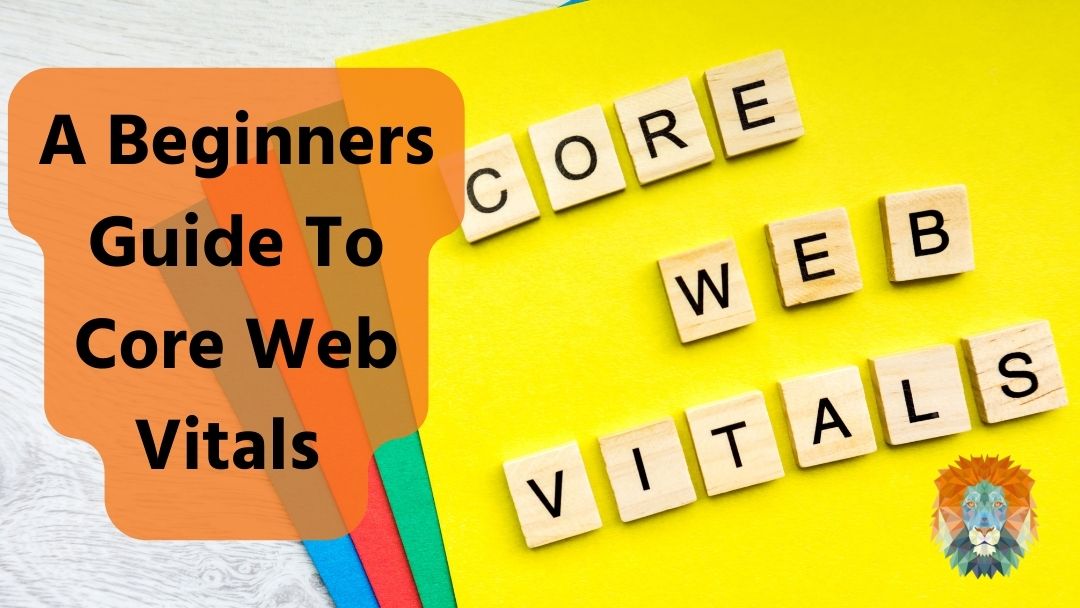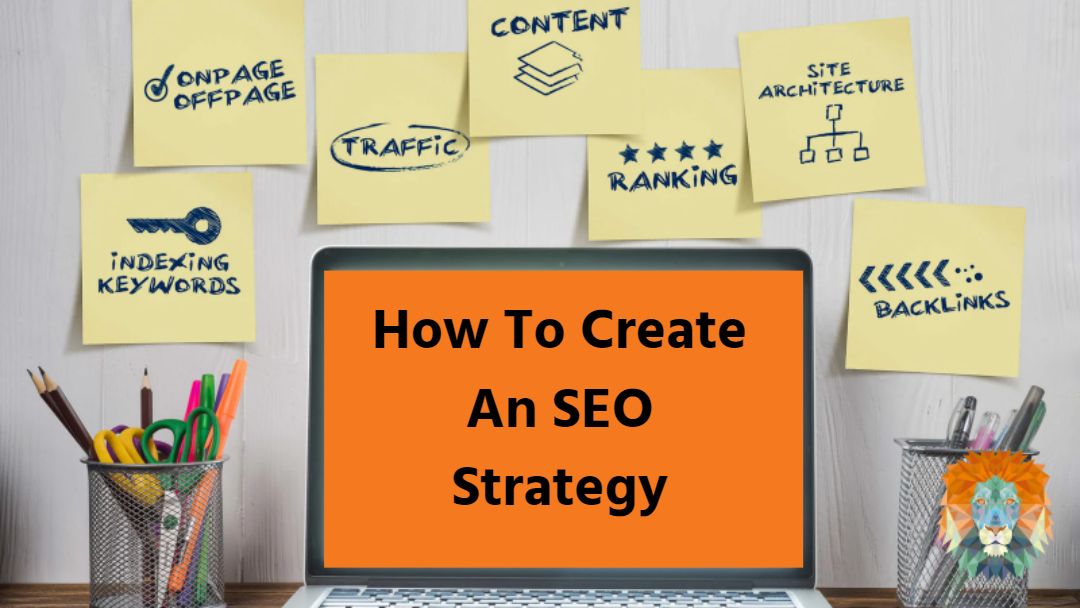In January 2022, Google launched an update to their algorithm called the ‘page experience score’. This was a significant update and gave developers an insight into how Google measures the user experience on a website, which feeds back into the overall performance of the site and thus, its search rankings. But while some of the things included were familiar, there were 3 that stood out, and have taken some businesses off-guard.
What Are Core Web Vitals
Within that update, Google announced ‘page experience signals’, which were the signals they find important for a good experience, and that should be included on every website. Some of these were fairly familiar already – like making sure websites are mobile-friendly, that the page is secure (so served over HTTPS), and that the page doesn’t have lots of intrusive interstitials (like pop-ups or adverts). But the new set of signals for Google was named Core Web Vitals.
Core Web Vitals are there to make sure the page has a good user experience based on 3 key elements:
- Loading (how quickly your website loads)
- Interactivity (how quickly your website responds to interaction)
- Visual Stability (how often the visual layout of your site shifts while a user is viewing it)
There are a lot of very complex words to describe the tools used to figure these things out, but essentially Google wants your web pages to load within 2.5 seconds, for the website to react to user interaction in less than 100 milliseconds, and for users to experience unexpected visual layout shifts in less than 0.1% of visits.
Don’t worry, we promise it’s not as complicated as it sounds!
Why Do They Matter?
Your core web vitals matter because they are the benchmark of good performance on a website.
First, they help you provide a good experience for your users. These metrics have been designed around what users want when interacting with a website, so it’s in your best interests to meet them. If someone has a good experience on your website, they are more likely to spend time on it, and that increases the likelihood they’ll buy from you.
They also show Google that your users will have a good experience – which is a big focus for them when deciding which sites to display in search results. So much so that if your user experience (also known as UX) is low, you will find your search rankings dropping. Google is a business, after all, and they make its money by providing users with the right results for their searches and providing a good experience while they do it. If you want to rank highly on Google, then you need to understand your core web vitals and improve them if they aren’t performing.
Measuring Your Core Web Vitals
So, then the question is, how do you measure your core web vitals? Luckily there are a number of tools out there to view and measure each one, depending on how savvy you are with web development:
- Google Search Console
- PageSpeed Insights
- Lighthouse
- Chrome DevTools
- Chrome UX Report
- Web Vitals Extension
Each of these tools are designed to measure the performance of your website, and since the launch in January they have all been upgraded to provide Core Web Vitals insights. But the simplest and most easily accessible by far is the Search Console within Google Analytics itself. This allows business owners to review and evaluate pages across the website, with the information presented in an easy-to-understand, colour-coded format.
The only thing to bear in mind is that any pages that don’t have the minimum amount of reporting data won’t be included in your reports.
3 Tips For Improving Yours
Of course, there are many different ways you can optimise your website for each of the core web vitals individually, which will improve your overall performance within the page experience algorithm. But we’re going to give you a tip for each one that you can implement today and see some improvement.
Loading
One of the biggest causes of long loading times is big, bulky images and video files. Smaller is faster when it comes to visual media, so a good way to get your pages loading faster is to reduce the size of your files and delete any that aren’t being used. You can also tell your website to prioritise its resources using a few lines of code. This can tell the site to load important images early, and lazy-load any images that you don’t need right away. This allows the page to load faster, and later images will load when a user is closer to seeing them.
Interactivity
Unless something is broken on your website, most pages should pass the FID check for interactivity. If you’re having trouble with it, you will need to reduce the impact of third-party code, cut down on JavaScript execution time and minimise main thread work.
Visual Stability
Make sure that you have ‘reserved’ space on your website for images and interjected content. This means the space for that content will always be there, and loading won’t cause the site to shift around to fit it in. Again, this is usually only a few lines of code, but it really does make all of the difference for users.If that all feels a bit overwhelming, don’t worry! At Lion Spirit Media we specialise in helping businesses separate from the heard with search engine optimisation. We’ve spent a lot of time studying and learning about the Core Web Vitals, what affects them and how to improve performance for our clients, and we would be happy to do the same for you. If you want to improve the performance of your website, just get in touch with the team today to book your free consultation.





0 Comments